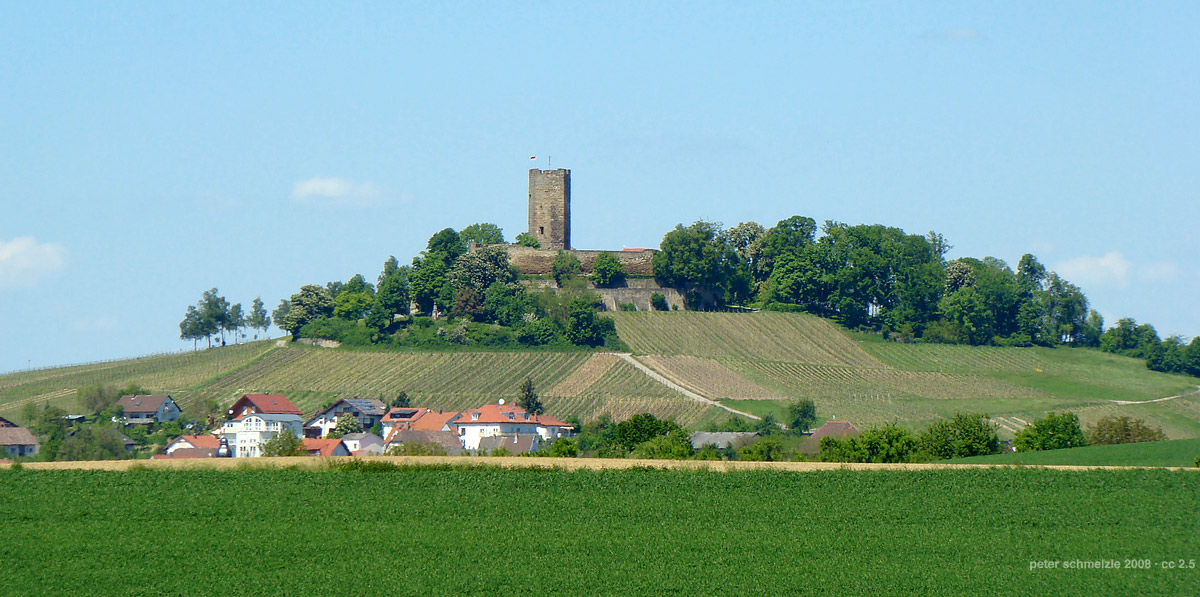Kraichgau on:
[Wikipedia]
[Google]
[Amazon]


 The Kraichgau () is a hilly region in
The Kraichgau () is a hilly region in


 The Kraichgau () is a hilly region in
The Kraichgau () is a hilly region in Baden-Württemberg
Baden-Württemberg ( ; ), commonly shortened to BW or BaWü, is a states of Germany, German state () in Southwest Germany, east of the Rhine, which forms the southern part of Germany's western border with France. With more than 11.07 million i ...
, southwestern Germany
Germany, officially the Federal Republic of Germany, is a country in Central Europe. It lies between the Baltic Sea and the North Sea to the north and the Alps to the south. Its sixteen States of Germany, constituent states have a total popu ...
. It is bordered by the Odenwald
The Odenwald () is a low mountain range in the Germany, German states of Hesse, Bavaria and Baden-Württemberg.
Location
The Odenwald is located between the Upper Rhine Plain with the Bergstraße Route, Bergstraße and the ''Hessisches Ried' ...
and the Neckar
The Neckar () is a river in Germany, mainly flowing through the southwestern States of Germany, state of Baden-Württemberg, with a short section through Hesse. The Neckar is a major right tributary of the Rhine. Rising in the Schwarzwald-Baar ...
to the North, the Black Forest
The Black Forest ( ) is a large forested mountain range in the States of Germany, state of Baden-Württemberg in southwest Germany, bounded by the Rhine Valley to the west and south and close to the borders with France and Switzerland. It is th ...
to the South, and the Upper Rhine Plain
The Upper Rhine Plain, Rhine Rift Valley or Upper Rhine Graben ( German: ''Oberrheinische Tiefebene'', ''Oberrheinisches Tiefland'' or ''Oberrheingraben'', French: ''Vallée du Rhin'') is a major rift, about and on average , between Basel in the ...
to the West. To the east, its boundary is considered to be the Stromberg and the Heuchelberg.
The largest towns of the Kraichgau are Sinsheim, Eppingen
Eppingen () is a town in the district of Heilbronn in Baden-Württemberg in southern Germany. The town has the second-largest population in the district.
Eppingen lies in the Kraichgau, a hilly region in southwestern Germany, close to the conf ...
, and Bretten
Bretten (; South Franconian: ''Bredde'') is a town in the state of Baden-Württemberg, Germany. It is located on Bertha Benz Memorial Route.
Geography
Bretten lies in the centre of a rectangle that is formed by Heidelberg, Karlsruhe, Heilbron ...
. On the western end of the Kraichgau is the town of Bruchsal, the gateway to the Rhineland plains.
The mild climate and fertile soils allow for rural land use for orchards, vineyards and arable farming.
In this region with full of nature you will find so many possibities of different activities.
Kraichgau Fruit growing and viticulture characterize the region, and the fertile loess soil has always made it the breadbasket of southern Germany.
Enz and Neckar valleys The course of the Neckar and Enz rivers meanders past cultural-historical sights and varied vegetation - partly characterised by steep vineyards, partly by gently rolling hills.
Stromberg-Heuchelberg Nature Park Wine, forest and well-being. With wide views, gentle contours, closeness to nature, diverse changes and rare animal and plant species such as the wildcat.
Zabergäu Germany's largest red wine landscape! The charming wine region of the Zabergäu is surrounded by the Stromberg and Heuchelberg mountain ranges.
Origins of the name
The word "Kraich" apparently arose from theCeltic
Celtic, Celtics or Keltic may refer to:
Language and ethnicity
*pertaining to Celts, a collection of Indo-European peoples in Europe and Anatolia
**Celts (modern)
*Celtic languages
**Proto-Celtic language
*Celtic music
*Celtic nations
Sports Foot ...
word "Creuch," meaning "mud" or "loam." The territory of a Gau (country subdivision)
''Gau'' ( German: ; ; or ) is a Germanic term for a region within a country, often a former or current province. It was used in the Middle Ages, when it can be seen as roughly corresponding to an English shire. The administrative use of th ...
signifies an open area, free from woods, such as farmland or meadows
A meadow ( ) is an open habitat or field, vegetated by grasses, herbs, and other non-woody plants. Trees or shrubs may sparsely populate meadows, as long as they maintain an open character. Meadows can occur naturally under favourable condition ...
.
The area of Kraichgau was first mentioned in the Early Middle Ages
The Early Middle Ages (or early medieval period), sometimes controversially referred to as the Dark Ages (historiography), Dark Ages, is typically regarded by historians as lasting from the late 5th to the 10th century. They marked the start o ...
, in the Lorsch codex
The Lorsch Codex (Chronicon Laureshamense, Lorscher Codex, Codex Laureshamensis) is an important historical document created between about 1175 to 1195 AD in the Lorsch Abbey, Monastery of Saint Nazarius in Lorsch, Germany. The codex is handwrit ...
, as "Creichgowe" in the year 769. In 773, it was called "Chrehgauui," in 778 "Craichgoia."
By 1594, the name was closer to its modern form, being referred to as "Kreuchgau."
See also
* Aalkistensee Regions of Baden-Württemberg Natural regions of the Neckar and Tauber Gäu Plateaus {{BadenWurttemberg-geo-stub